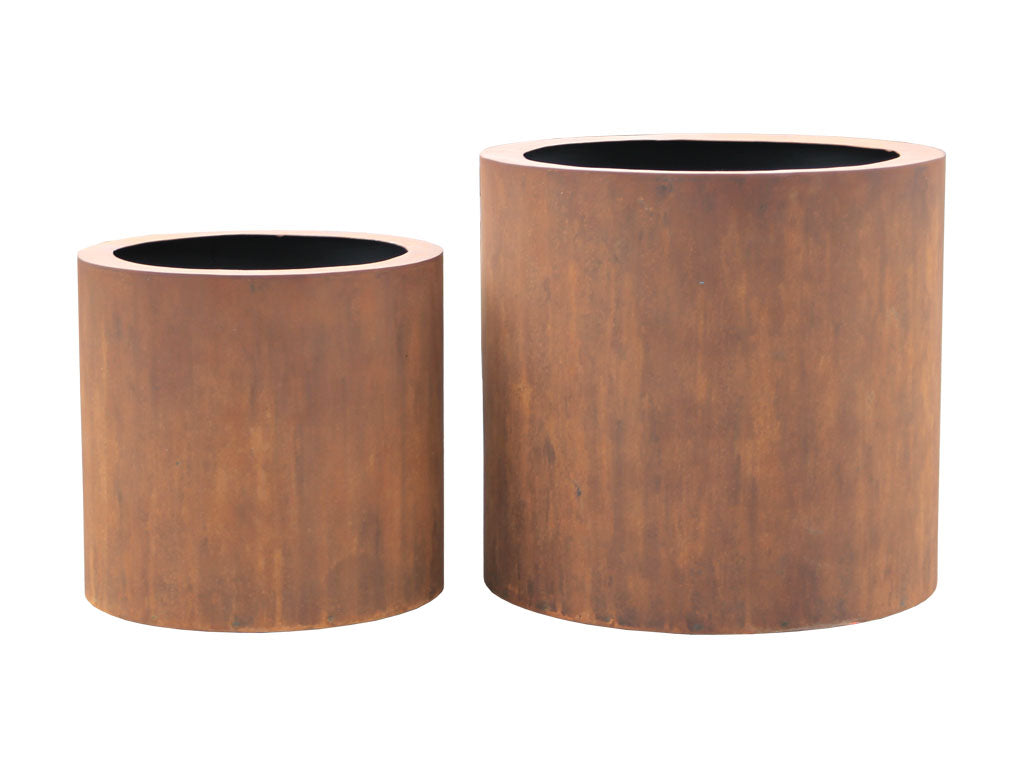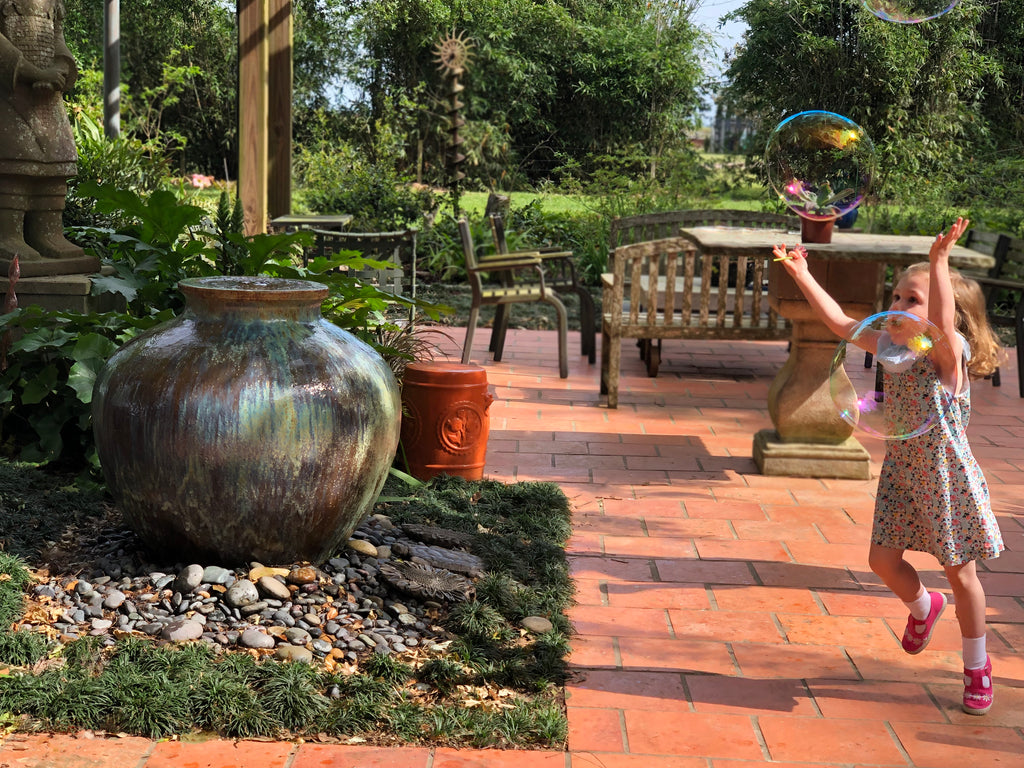Bring the Indoors Out
with Julie Friedman
Even before the pandemic pushed us outside to socialize, outdoor rooms were gaining popularity and designers were making all-weather styles a priority. This year, more than ever, these spaces have become a refuge for everyday life, providing us with beautiful and inspiring places to work, to socialize safely, to exercise and to connect with nature.
We have begun to rethink how we use these outdoor spaces, not only in the warm summer months but year-round. We have embraced our homes again and it is time we stepped up our design game.
So how do we make an outdoor room feel like our cozy indoor spaces that are layered with design details?
By incorporating these same details outdoors. Fire pits, blankets and rugs to warm the physical space, lighting to soften the mood and highlight elements of the garden design, focal points and statuary that lead the eye through the space, and beautiful planters that enable us to bring nature close.
We have begun to think about exterior design in terms of experiences, focusing as much on how we want to use the space as on how the spaces look. These experiences lead us to make design choices that are as much about function as they are about aesthetics, creating spaces within these rooms for these experiences to occur.
Outdoor yoga retreats in the she-shed, dining tables that double as work spaces, reading chaises, victory gardens that give us an outdoor classroom to teach our recently home-schooled kids about vegetables and herbs, and allow us to harvest our own food.
Once we have decided how we want to use our space, we can style it as a reflection of our homes inside. Often we are very comfortable with our personal aesthetic inside of our house but have difficulty identifying our outdoor style. Creating continuity between in and out allows us to move comfortably throughout our homes and creates connectivity between our home’s architecture and nature. This can be as simple as choosing fabrics for the outdoors that mirror our style inside, opening up the two spaces to one another with doors that allow for the flow of air and of people, adding elements of your interior design to the exterior.
These outdoor rooms can even be more fun than our interior style - playing with color and texture in a way that opens us up to nature’s physical and mental healing powers and allows our creativity to flow. The Boho style is a perfect example of this freedom - it might feel too messy to explore our wild side indoors but whimsy in the garden is perfectly placed. Layering colorful planters, pillows, poufs, planted centerpieces, throw blankets and boho-inspired patio decor creates a casual, global and natural space that resonates with us these days.
Gorgeous planters and layered seasonal designs are expressions of this freedom - they bring nature into our outdoor rooms and enable us to explore our playfulness and creativity without permanence. These living, growing gardens are fleeting and meant to be enjoyed in the moment. Even those who have given up their homes and moved to the city can embrace the outdoors with rooftop gardens and terraces that have become a sanctuary, a place of beauty and relaxation. Container gardens offer a palette on which to play with nature, even in spaces limited by square footage.
As we wait for spring to arrive, we can recall that ’Difficult roads often lead to beautiful destinations.’
The silver lining of our year at home is the desire to create beautiful destinations and personal sanctuaries. Whether a tiny apartment in the city or an estate in the country, fill them with beautiful personal details and of course flowers, and be grateful for the beautiful destinations that have kept us safe.
Here are a few mood boards to get you inspired.
Thanks!
Julie

SAMOS CRUCIBLE IN VERDI
Make sure you didn't miss...

















